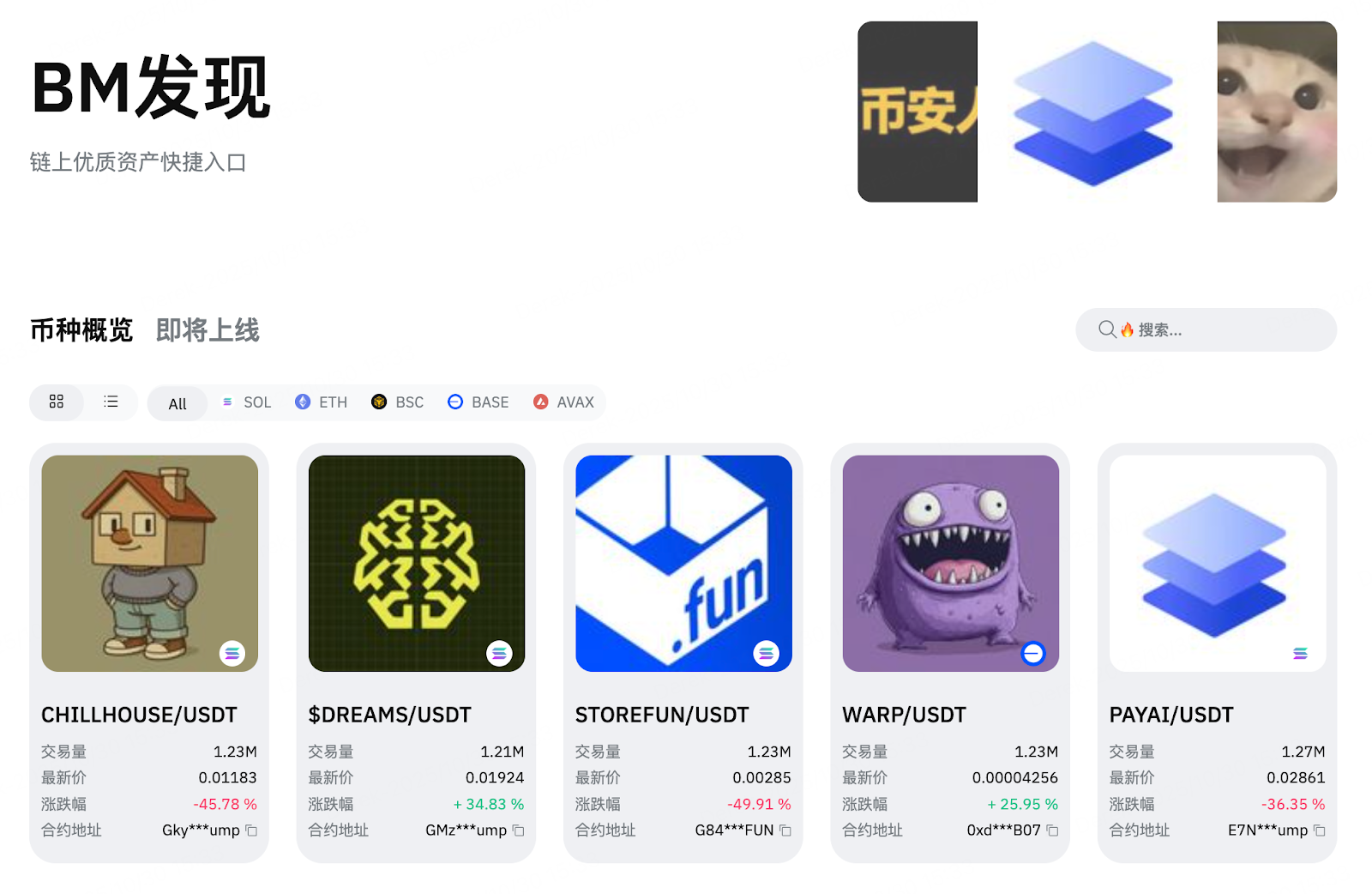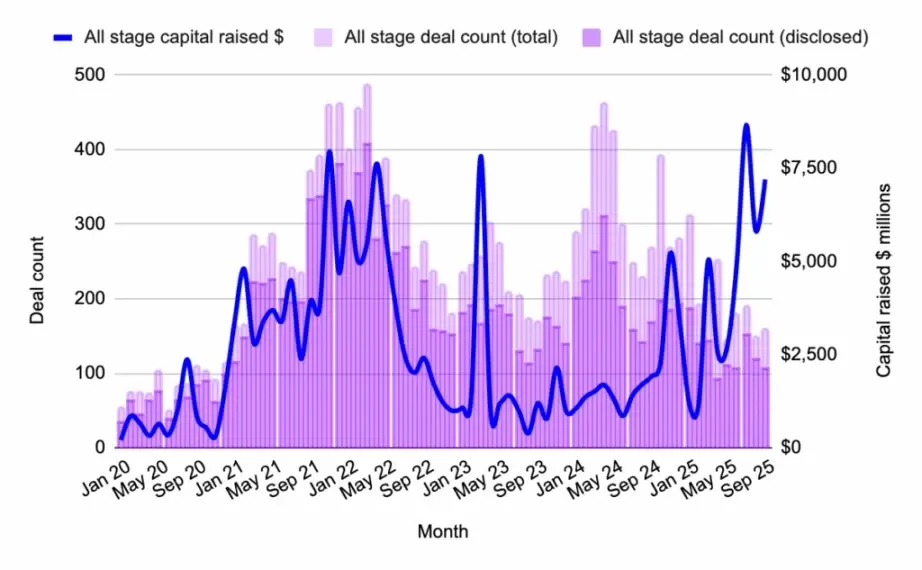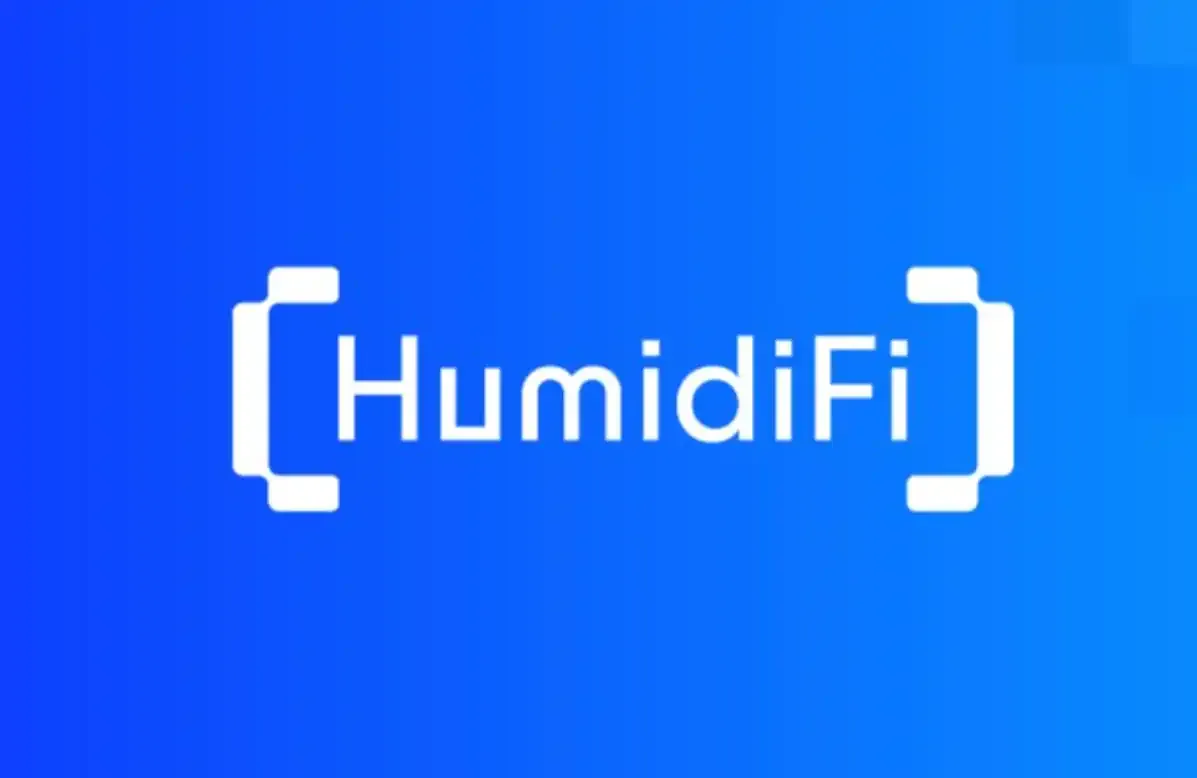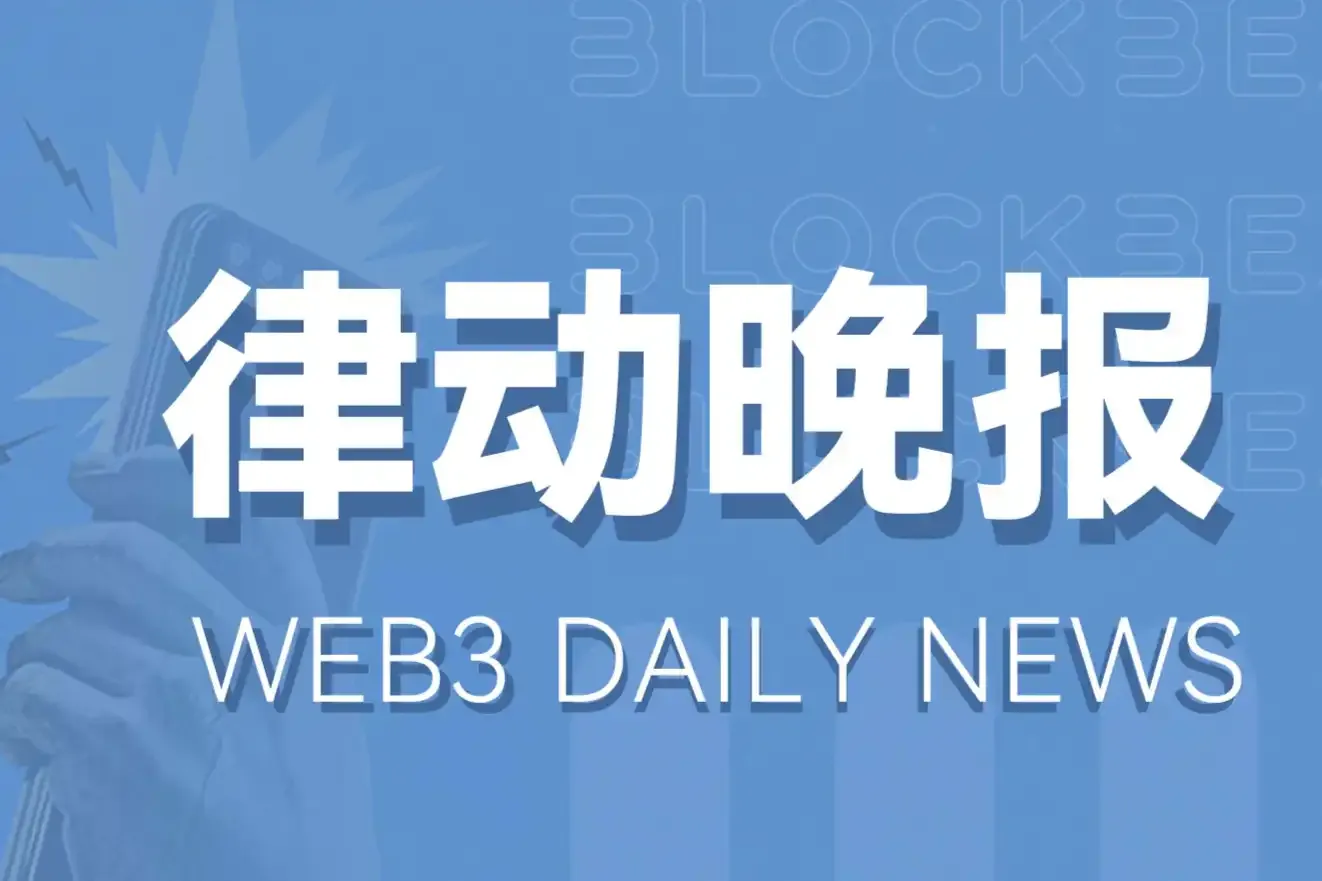The cryptocurrency market in 2025 always surprises people unexpectedly.
Just when the market thought all narratives had been exhausted, a seemingly obscure technical term suddenly appeared on the hot lists of major communities: x402.
Within just a week, related ecosystem tokens collectively surged, and developer forums saw a spike in activity. Some say it marks the beginning of the "machine payment revolution," while others claim it is the "final piece of the AI agent economy puzzle."
Regardless of the definition, x402 has indeed become the next focal point in the crypto world.
From "AI Stalling" to "Machine Payments": x402 Ignites a New Cycle
In the past year, the combination of AI and crypto has almost become the default narrative in the industry. Whether it's AI agents, on-chain AI reasoning, or data labeling networks, the market seems to be searching for a breakthrough in the fusion of "AI + Crypto."
However, as the AI concept receded in the first half of 2025, people discovered a deeper issue: no matter how smart AI is, it cannot independently participate in economic activities.
An AI agent can write code, scrape data, and execute commands, but when it encounters a "payment required" scenario, such as calling an API, purchasing computing power, or downloading a data package—it gets stuck. This is because the existing payment systems are designed for "humans," not for "machines."
This is precisely the significance of x402's emergence.
If HTTP allowed information to be freely transmitted, then what x402 aims to do is enable value to be freely transmitted between machines.
For decades, the communication standard of the internet has been defined by HTTP, with the status code "404 Not Found" becoming a shared memory among internet users worldwide. However, the status code "402 Payment Required" has never truly been activated.
Until 2025, when Coinbase introduced the open payment standard based on HTTP 402—the x402 protocol—at a developer conference.
A status code that had been forgotten for thirty years has finally been revived in the crypto world.
What Exactly is x402: The Payment Revolution Behind a Status Code
In simple terms, x402 is a protocol that allows AI to learn how to "spend money" on its own.
When an AI agent accesses a paid interface (such as a data API, model service, or content resource), the server returns an HTTP 402 response—indicating "payment required." The response includes payment details, such as price, currency, payment address, etc. The agent automatically completes the crypto payment (usually in USDC) upon receiving this, and once verified, it can access the resource.
This process does not rely on traditional banks, does not require human intervention, and does not need centralized payment gateways. Settlement is completed at the protocol layer, quickly, securely, and automatically. More importantly, it is inherently suitable for micropayments. The transaction fees and confirmation delays of traditional payment systems make "a one-time transaction of $0.001" nearly unfeasible. In an on-chain environment, combined with Layer 2 and stablecoins, x402 allows every API call and every computing power calculation to be settled instantly. This means that economic activities between machines finally have a foundational language.
When Coinbase released the documentation, it described x402 as enabling the machine economy to have native payment capabilities for the first time, allowing every agent to safely pay for itself. This statement may seem ordinary, but it marks a true watershed moment in the fusion of AI and Crypto.
From AI Agents to Machine Economy: Why x402 is More "Hardcore"
The reason x402 stands out amidst the "AI concept craze" is that it is not just a new story, but an upgrade at the standard level.
Compared to previous AI + Crypto projects, x402 possesses stronger sustainability and ecological reusability.
- From Application Narrative to Protocol Revolution
In the AI race of 2024, everyone was competing to create smarter agents. By 2025, the question shifted to: Can these agents trade, collaborate, and settle with each other? The former is a competition at the "intelligent layer," while the latter is the infrastructure construction at the "economic layer."
x402 resides precisely in the second layer.
- Lower Costs, Faster Implementation
Developers can access the x402 interface at a very low cost—just a few lines of code can enable payment functionality in applications. It is compatible with HTTP standards and supports multi-chain settlement (currently primarily on Base), without the need for complex smart contract development. This "light integration" feature means that Web2 companies can quickly test Web3 payments.
- Broader Ecological Potential
The design of x402 is not limited to AI. Any internet scenario requiring dynamic payments can be integrated: API calls and data authorization, content subscriptions and pay-per-use, computing power rentals and IoT device settlements, machine-to-machine (M2M) micropayments. Structurally, x402 is like a payment bus tailored for the future machine economy. It gives every connected device the opportunity to become an "economic entity."
This is why the industry generally believes that x402 is not just a protocol, but a key step in "teaching the internet to collect payments."
How Can Ordinary Users Seize Investment Opportunities in x402?
Ultimately, x402 is a technological revolution, but not everyone has the opportunity to participate in building the protocol or the ecosystem. For ordinary market users, the way to directly benefit is actually very simple—seize the opportunity of new tokens in this new track. From past experiences, every time a foundational standard is born, it gives rise to a new narrative cycle.
Whether it's ERC-20 for Ethereum or BRC-20 for Bitcoin, early ecosystem projects often bring significant wealth effects. This time, x402, as the foundational standard for the "machine payment" track, is replicating such an early window.
In other words, ordinary users do not need to study the protocol details, build payment nodes, or participate in infrastructure construction—these barriers are too high, and the return cycles are too long. The most practical way is to focus on the core tokens that are being validated by the market and favored by funds in this track.
So how to choose? You can start from two dimensions:
First, study the data of the projects themselves.
Observe whether the ecological projects are genuinely integrating the x402 protocol, whether they have stable trading activity, API usage, and developer growth.

Second, leverage the discovery mechanisms of established exchanges.
Not every user has the time to delve into project technical documents, and some leading exchanges are already filtering this for users.
For example, BitMart's BM Discovery Zone has recently focused on emerging narrative sectors related to AI and machine payments, many of which are early representatives of the x402 concept. For ordinary investors, such zones serve as a "curated pool"—helping users quickly identify potential targets in the early stages of this new track.
In simple terms, the most realistic money-making logic for ordinary users is: recognize the trend, choose the right track, and buy the right tokens.
The story of x402 is far from over, and this is precisely the starting point for positioning.
Future Outlook: From Speculative Frenzy to Value Return
Looking back at the entire history of internet development, every protocol-level innovation has almost changed human economic behavior.
HTTP allowed information to flow freely around the globe; HTTPS made transactions secure and reliable; and x402 is making payments a default capability of the internet. This is not just a technological evolution, but a turning point in the logic of internet economics.
In the past, we completed commercial closed loops through advertising, platform intermediaries, or centralized payments. In the future, when AI, APIs, and IoT devices can autonomously settle, the flow of value will be as natural as the flow of information. In this sense, x402 is not just a project, but a consensus. It defines the minimum payment unit of the machine economy, allowing AI not only to "think" but also to "pay." Perhaps in a few years, when we look back at 2025, we will find that this was just a small technological update; but just as HTTP once propelled the web from static pages to a dynamic network.
The emergence of x402 may very well be the starting point of the machine economy era.
免责声明:本文章仅代表作者个人观点,不代表本平台的立场和观点。本文章仅供信息分享,不构成对任何人的任何投资建议。用户与作者之间的任何争议,与本平台无关。如网页中刊载的文章或图片涉及侵权,请提供相关的权利证明和身份证明发送邮件到support@aicoin.com,本平台相关工作人员将会进行核查。




